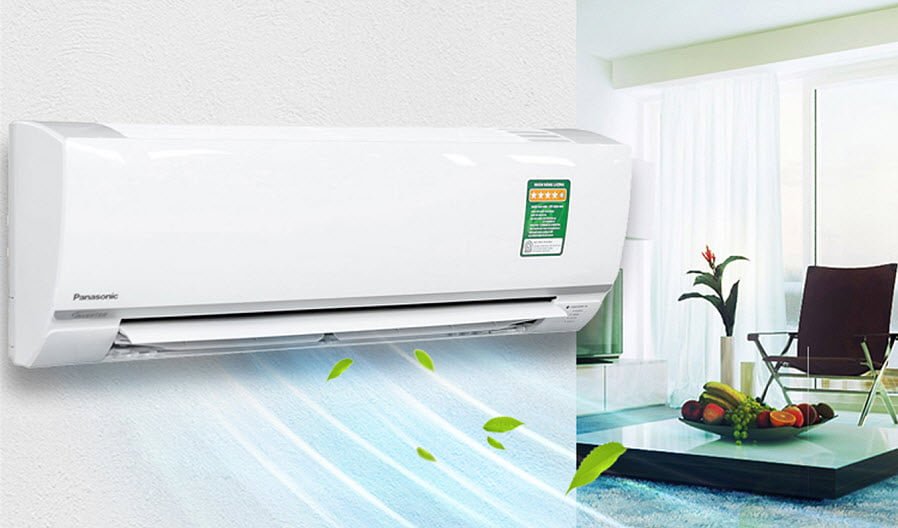Refrigerator
A refrigerator is an essential appliance in every household and is typically used around the clock, month after month, with little respite. However, the following tip will help you reduce its electricity consumption.
Choose a refrigerator with a capacity that suits your family’s needs. On average, each person requires about 40 to 50 liters of capacity. So, for a family of four, a refrigerator with a capacity of 160 to 200 liters is sufficient.
Additionally, place your refrigerator in a well-ventilated and cool area, away from heat sources. Also, adjust the temperature wisely. When there isn’t much food to keep cold, setting the cooling level to medium or low will save a significant amount of electricity.
Electric Stove
If your household uses an electric stove, you may find the following tips helpful in reducing electricity consumption. These tips are also applicable to induction and infrared stoves, which are becoming popular among homemakers due to their convenience and safety.
Towards the end of your cooking, turn off the stove a few minutes earlier as the residual heat will continue to cook the food. This is particularly effective for stir-fries and stews.
Since electric stoves heat up pots and pans faster than gas stoves, avoid using the highest heat setting. Doing so can burn your cookware and waste electricity, leading to higher electricity bills. Additionally, turn off the stove a few minutes earlier than you normally would.

Regular AC maintenance helps reduce power consumption
Electric Kettle
If you use an electric kettle, pay attention to the following tips to avoid heavy electricity usage. Electric kettles tend to consume a significant amount of electricity, so choose one with a capacity that matches your family’s needs to prevent multiple boils throughout the day. Regularly clean your kettle to remove any scale or rust build-up.
During the boiling process, ensure the lid is tightly closed to trap the heat and allow the kettle to auto-shutoff when the water reaches 100°C. Avoid boiling water in a room with air conditioning or in the path of a fan. Additionally, choose a kettle with a capacity suitable for your family’s needs.
Washing Machine
The washing machine is a familiar and necessary appliance in every household. However, it consumes a considerable amount of electricity, so consider the following tips to use it efficiently and economically:
Wash a quantity of clothes that matches the machine’s capacity. When possible, choose the “economy” setting and avoid using hot water unless necessary.
Place your washing machine in a well-ventilated area, and remember to clean it regularly to prevent bacterial growth and reduce the likelihood of breakdowns.

Choose a quality electric kettle
Television
When choosing a television for your family, select a size that matches your room. Larger TVs consume more electricity. To save electricity, avoid setting the screen too bright as higher brightness and contrast, as well as darker colors, use more power and reduce the lifespan of the display.
Instead of using the remote to turn off the TV, press the power button on the unit itself. TVs in standby mode still consume a small amount of electricity. To save energy, unplug the TV or turn off the power source when not in use.
Air Conditioner
Air conditioners are the biggest electricity consumers among household appliances. To use them efficiently and economically, consider the following:
Choose an air conditioner with a capacity that matches the size of the room. A large unit in a small room is wasteful, and a small unit in a large room will work overtime, consuming more electricity and reducing its lifespan.
Set the temperature above 25°C. Every 10°C increase saves you 10% in electricity costs. Also, regularly clean and wipe down the air filter to save 5-7% on your monthly electricity bill.
According to Health and Beauty [translated]
“Are You Loading Your Washing Machine Wrong? – The 7kg and 12kg Dilemma”
The weight limit on a washing machine, such as 7kg, 9kg, or 12kg, refers to the weight of dry clothing. This is an important distinction to make, as wet clothing can weigh significantly more than dry clothing. For example, a load of dry clothes that weighs 7kg can easily exceed the 9kg mark when wet. Therefore, it is crucial to adhere to the weight limit specified by the manufacturer to ensure optimal washing machine performance and avoid any potential damage.



































